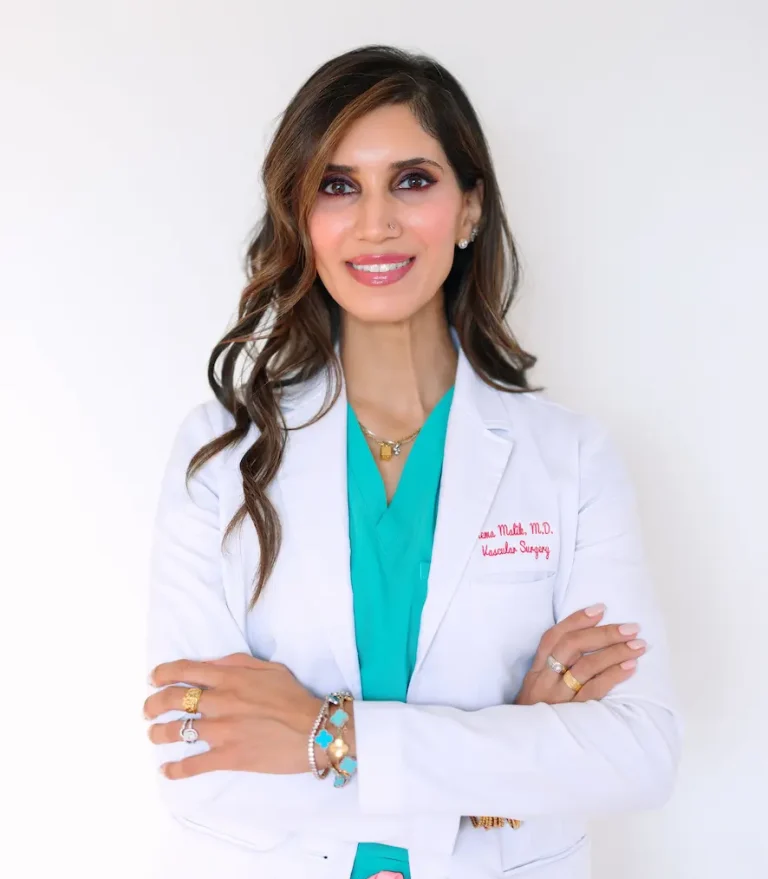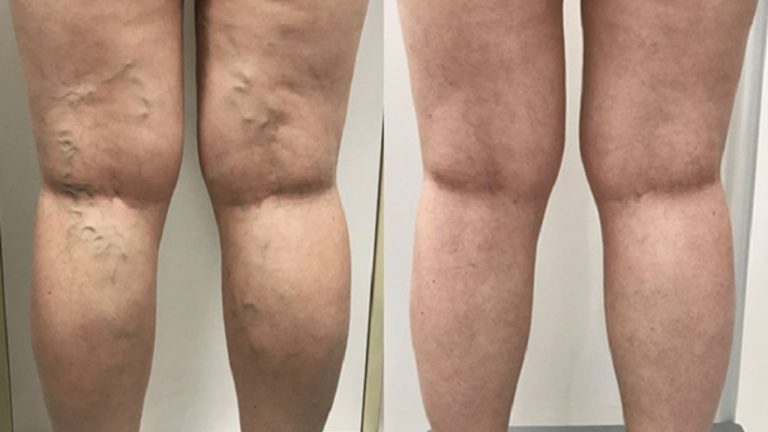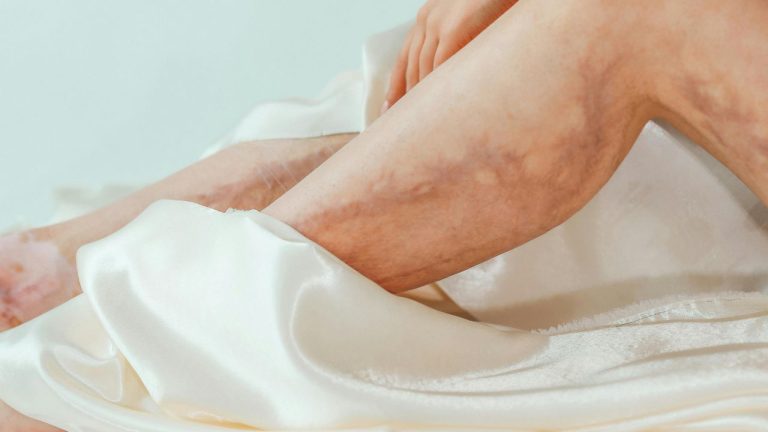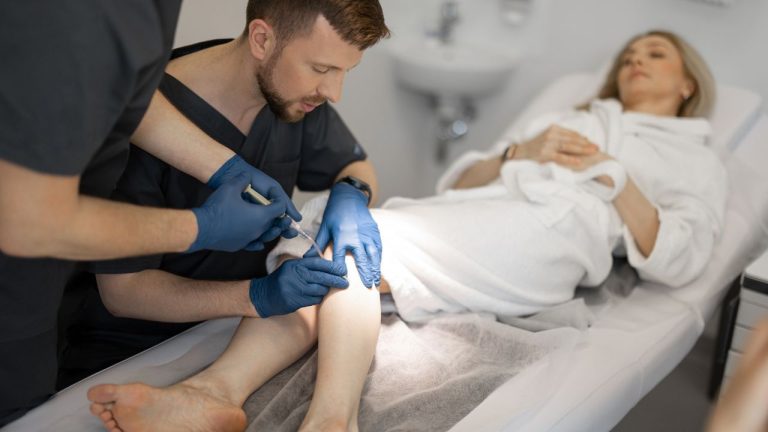Visible veins on the legs, face, or other areas can make many people feel self-conscious about their appearance. While these veins are often harmless, they may cause discomfort, itching, or heaviness over time. Cosmetic vein treatment has become a popular solution for those seeking smoother, clearer, and more youthful-looking skin.
But not everyone is an ideal candidate. Certain health conditions, lifestyle factors, or expectations can determine whether cosmetic vein therapy is right for you. This article explores in depth who makes a good candidate for cosmetic vein treatment, what to expect before and after the procedure, and how to ensure the best results.
However, let’s stop the ado and get the details-
What Is Cosmetic Vein Treatment?
Cosmetic vein treatment refers to a group of minimally invasive medical procedures that reduce or remove visible veins on the skin’s surface. These veins—often called spider veins, reticular veins, or small varicose veins—can appear red, blue, or purple, forming web-like patterns.
There are several common treatment options, including:
- Sclerotherapy: A solution is injected directly into the affected veins, causing them to collapse and gradually disappear as the body absorbs them.
- Endovenous Laser Therapy (EVLT): Laser energy is used to close off damaged veins from the inside.
- Surface Laser Treatments: Target smaller veins close to the skin, often used on the face or upper legs.
- Radiofrequency Ablation (RFA): Heat from radiofrequency waves seals the vein shut.
These treatments are performed on an outpatient basis, meaning patients can typically return to daily activities shortly after the procedure. The primary goal is aesthetic improvement, though many people also experience relief from mild swelling, pain, or fatigue associated with superficial vein problems.
Who Is a Good Candidate for Cosmetic Vein Treatment?
The success of cosmetic vein treatment depends largely on selecting the right candidate. Below are the key factors specialists consider.
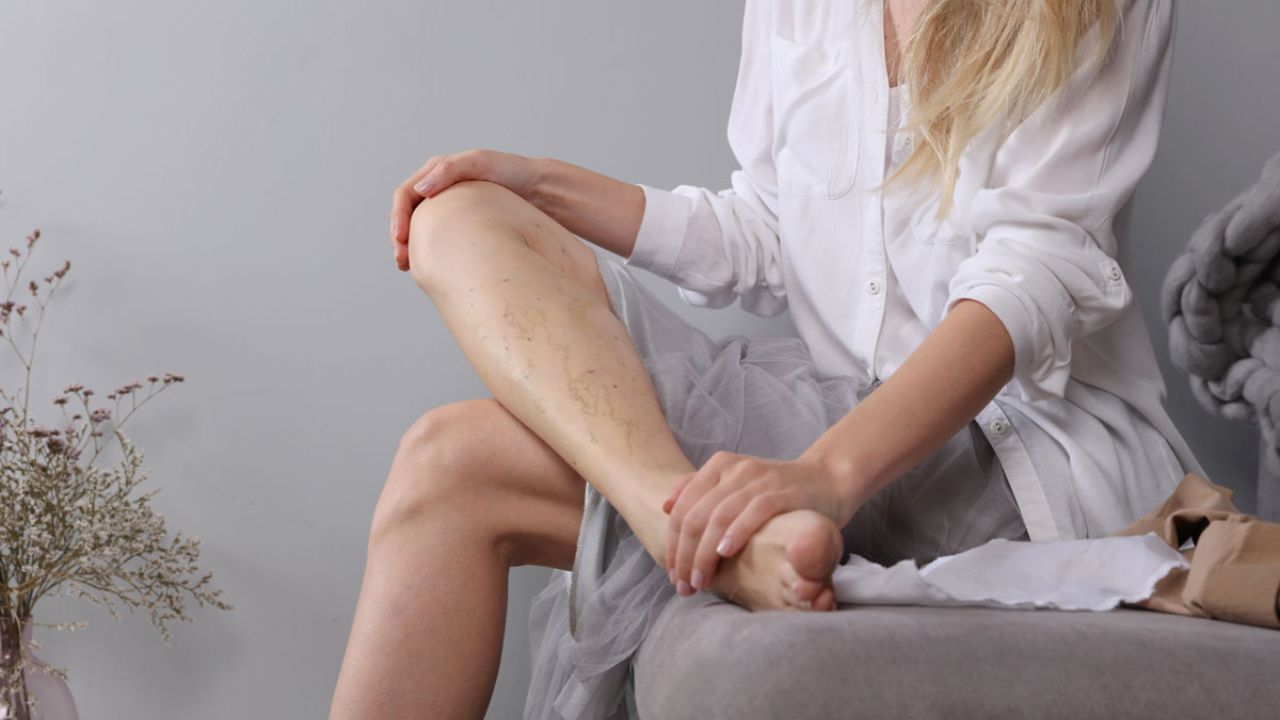
1. You Have Visible Spider or Small Varicose Veins
Cosmetic vein treatments are best suited for individuals with small to moderate surface veins that are visible beneath the skin but not severely bulging. These are often found on the thighs, calves, ankles, or face. If your concern is primarily cosmetic and the veins cause little to no pain, you are likely a suitable candidate.
2. You Are in Good General Health
A strong overall health profile ensures your body can recover smoothly after treatment. Candidates should not have uncontrolled diabetes, heart disease, severe obesity, or blood-clotting disorders. A healthy circulatory system supports faster healing and lowers the risk of complications such as infection or poor blood flow.
3. You Do Not Have Major Underlying Vein Disease
Before performing cosmetic vein treatments, a physician often conducts a duplex ultrasound examination to assess blood flow and check for venous reflux or deep vein thrombosis (DVT). If major venous insufficiency is detected, medical treatment should be done first before any cosmetic procedure.
4. You Are Not Pregnant or Breastfeeding
Hormonal changes during pregnancy and lactation cause veins to dilate naturally. Performing treatment during these periods may lead to unpredictable results. It is usually recommended to wait at least three to six months after pregnancy or breastfeeding before undergoing any vein procedure.
5. You Have Realistic Expectations
A good candidate understands that cosmetic vein treatment can produce significant improvement, but not absolute perfection. In many cases, multiple sessions are required for complete results. Some discoloration may take weeks or months to fade. Furthermore, while treated veins generally do not return, new veins can develop over time due to heredity, hormonal shifts, or prolonged standing.
6. You Are Committed to Aftercare
Following post-treatment guidelines is essential for optimal recovery and lasting results. This includes:
- Wearing compression stockings for 1–2 weeks to support healing
- Avoiding long exposure to sunlight or heat for several days
- Walking regularly to promote healthy blood flow
- Avoiding heavy exercise for 48 hours after treatment
A patient’s willingness to follow these steps directly influences the outcome.
Read Also: How Much Does Cosmetic Vein Treatment Cost?
Who Should Avoid or Delay Treatment
Certain conditions may make cosmetic vein treatment unsuitable or unsafe. These include:
- Pregnancy and breastfeeding
- Severe arterial disease or blood-clotting disorders
- Active skin infections near the treatment site
- History of deep vein thrombosis (DVT)
- Allergy to sclerotherapy solutions or laser sensitivity
A consultation with a vascular or cosmetic specialist is essential before deciding on treatment. They will evaluate your medical history, medications, and skin condition to ensure safety and suitability.
What Happens Before Treatment?
Before beginning cosmetic vein therapy, your specialist will conduct a thorough evaluation. This typically includes:
- Medical History Review: To identify any existing health conditions or medications that could interfere with treatment.
- Physical Examination: To determine the type and severity of visible veins.
- Ultrasound Imaging (if required): To assess deeper venous structures and blood flow patterns.
- Treatment Planning: Selecting the most suitable technique, number of sessions, and post-care plan.
This careful preparation minimizes risks and tailors the treatment to each patient’s needs.
Benefits of Cosmetic Vein Treatment
Visible veins can affect both appearance and comfort. Cosmetic vein treatment offers a safe, minimally invasive way to improve skin smoothness and circulation. With modern techniques such as sclerotherapy, laser, or radiofrequency therapy, patients can achieve clearer skin and better comfort without surgery or a long recovery time.
These include:
- Noticeable reduction or complete removal of visible veins
- Improved skin texture and tone
- Enhanced self-confidence and comfort wearing shorts or dresses
- Relief from mild swelling, throbbing, or leg fatigue
- Minimal downtime compared to surgical procedures
Results usually begin to appear within a few weeks and continue to improve as treated veins are absorbed by the body.
Possible Risks and Side Effects
Although modern vein treatments are generally safe, minor side effects may occur, such as:
- Temporary redness or bruising around the treated area
- Mild swelling or tenderness
- Skin discoloration that fades over time
- Formation of small clots in superficial veins (phlebitis)
- Rare allergic reactions to treatment agents
Selecting an experienced, board-certified provider greatly reduces the likelihood of complications.
Frequently Asked Questions (FAQ)
Does cosmetic vein treatment hurt?
Most patients experience only mild discomfort, similar to a small pinch or warmth at the injection or laser site. Local anesthetics or cooling techniques are often used to minimize pain.
How long is the recovery period?
Recovery is typically quick. Patients can walk immediately after treatment and resume normal activities within 24 hours. Some minor bruising or tenderness may persist for a few days.
How many treatment sessions will I need?
The number of sessions depends on the extent and size of the veins. Small spider veins may require only one or two treatments, while larger or multiple vein clusters might need several sessions spaced weeks apart.
Can veins return after treatment?
Treated veins are permanently closed and absorbed by the body. However, new veins may appear due to hormonal changes, aging, or genetic factors. Regular follow-ups help maintain results.
What’s the best season for treatment?
Most specialists recommend undergoing treatment in cooler months, such as fall or winter, when compression stockings are more comfortable to wear, and sun exposure is lower.
Conclusion
A good candidate for cosmetic vein treatment is typically someone who has visible but non-serious spider or varicose veins, enjoys good general health, and maintains realistic expectations about the results. Pregnant women, individuals with significant vein disease, or those with blood circulation issues may need to delay or avoid cosmetic procedures until medically cleared.
The best step forward is to consult a qualified vein specialist or vascular surgeon who can evaluate your condition, recommend the most effective treatment, and ensure your safety throughout the process. With today’s advanced, minimally invasive technologies, achieving smoother, healthier-looking skin is more accessible and effective than ever before.
